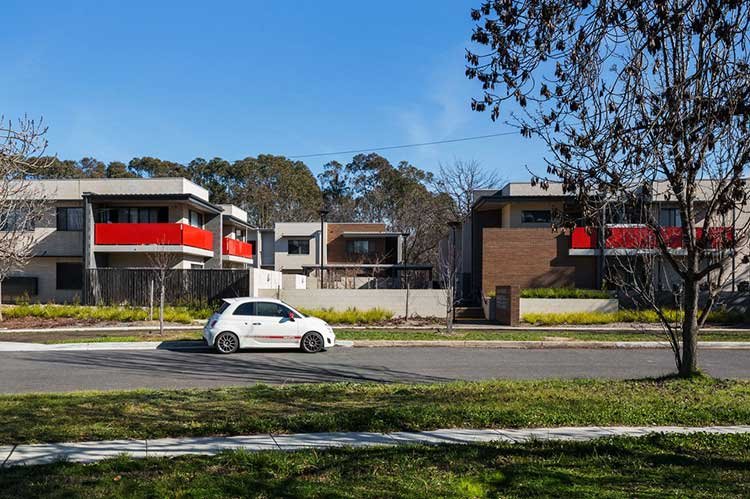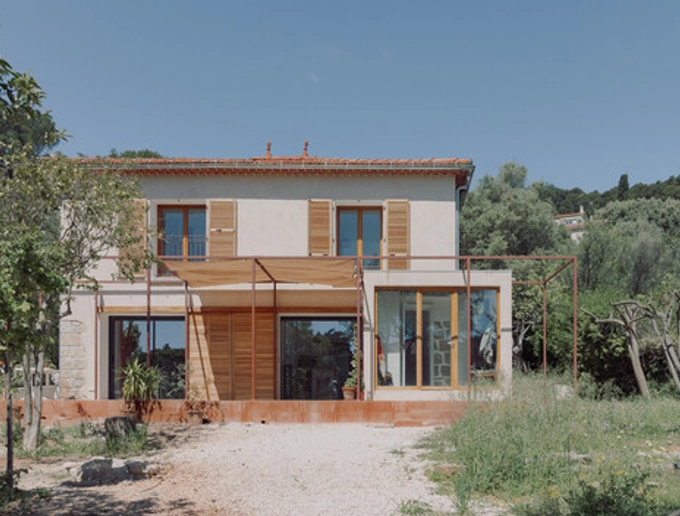Expert Residential Architects to Design Your Dream Home with Precision and Style
Expert Residential Architects to Design Your Dream Home with Precision and Style
Blog Article
Leading Fads in Residential Style You Should Understand About
As domestic design continues to evolve, several engaging patterns are shaping the method we make and occupy our living rooms. Trick developments such as lasting structure methods, the assimilation of wise home modern technology, and the rise of modular homes underscore a considerable change towards both performance and environmental obligation.
Sustainable Structure Practices
A boosting number of residential jobs are accepting sustainable building techniques, driven by an expanding understanding of ecological impact and energy effectiveness. This shift is identified by the combination of environmentally friendly materials, energy-efficient designs, and ingenious building and construction techniques. House owners and building contractors are increasingly focusing on the use of renewable energies, such as bamboo and recycled metals, which not only lower the carbon footprint but additionally improve the sturdiness and visual appeal of homes.
Incorporating energy-efficient systems is one more vital aspect of sustainable structure - residential house architect. Features such as high-performance insulation, energy-efficient home windows, and photovoltaic panels are ending up being requirement in new household styles. These elements not just add to lower energy usage but additionally give significant long-term cost savings for property owners
Additionally, the design of lasting homes often highlights all-natural light and air flow, lowering the reliance on fabricated lights and environment control systems. Landscape design practices, such as xeriscaping, further promote sustainability by minimizing water use.
As the demand for sustainable living solutions remains to climb, the household architecture industry is poised to adjust and introduce, making sure that future homes are not only ecologically responsible however useful and also comfortable for their residents. - residential house architect
Smart Home Modern Technology
Smart home modern technology is changing the way homeowners interact with their home, improving comfort, security, and power administration. This ingenious technique incorporates various devices and systems, allowing users to regulate their homes remotely or via automated procedures. Central to this trend is using smart tools such as thermostats, lighting, safety video cameras, and home appliances, all linked by means of the Net of Points (IoT)
One of one of the most enticing attributes of clever home modern technology is the capability to customize settings for optimum energy efficiency. Property owners can check power use and adjust heating, cooling, and lighting based on their routines, dramatically minimizing utility expenses. In addition, innovative safety and security systems geared up with clever locks and security electronic cameras give tranquility of mind, enabling remote surveillance and alerts to possible safety breaches.
Combination with voice-activated assistants boosts customer experience, enabling home owners to control gadgets with easy voice commands. As innovation remains to develop, the capacity for smart home systems to enhance top quality of life expands, making them a necessary consideration in modern residential design. Eventually, smart home innovation is not simply a trend but a basic shift towards extra smart living settings.
Open Concept Living
Open up principle living has become a specifying attribute in contemporary property style, defined by the elimination of traditional barriers between areas. This layout approach promotes fluidness and connection within the home, enabling a smooth transition in between areas such as the cooking area, dining, and living rooms. By eliminating partitions and walls, open idea designs produce a feeling of spaciousness, promoting a welcoming ambience that boosts social communication.

Moreover, this approach to property layout lines up with minimalism, concentrating on practical simplicity and visual comprehensibility. House owners appreciate the convenience of these formats, which can be quickly adapted to reflect personal design with furnishings setup and decor. As open idea living remains to gain grip, it continues to be a testimony to evolving family members characteristics and the wish for homes that improve connection and comfort.
Biophilic Style
Biophilic design has come to be significantly substantial in domestic design, highlighting the innate connection between human beings and nature. This layout viewpoint looks for to incorporate all-natural aspects into living rooms, therefore fostering a sense of wellness and enhancing the lifestyle for residents. By integrating attributes such as natural light, greenery, and natural products, biophilic layout promotes a harmonious connection between interior settings and the environment.
Trick aspects of biophilic design include huge windows that supply unhampered views of outside landscapes, living wall surfaces that present plant right into interiors, and open flooring strategies that urge air flow and natural light penetration. Water functions, both within and outside the home, offer to Recommended Site develop soothing ambiences and improve sensory experiences.
Additionally, making use of lasting materials not only sustains ecological check my site stewardship however additionally adds to much healthier interior air top quality. As understanding of environmental problems boosts, home owners are increasingly focusing on designs that reflect their connection to nature. Fundamentally, biophilic style not just boosts visual appeal yet additionally addresses emotional and psychological demands, making it a vital trend in contemporary property design.
Modular and Prefab Residences

Furthermore, prefab and modular homes are made with sustainability in mind. Several makers use energy-efficient systems and environmentally friendly materials, such as solar panels and progressed insulation methods, adding to reduced energy intake and reduced utility bills for property owners. The flexibility of style alternatives enables modification, dealing with varied functional requirements and aesthetic preferences.
As the need for affordable housing continues to rise, prefab and modular homes present a feasible service, dealing with both financial and ecological obstacles. Communities are increasingly recognizing the potential of these structures, incorporating them into metropolitan and rural setups. Generally, the pattern toward modular and prefab homes represents a shift toward a lot more lasting, efficient, and versatile living environments, making them a critical facet of modern property style.
Final Thought
Lasting structure methods resource and smart home technologies enhance efficiency and benefit, while open concept living and biophilic design foster social communication and a connection to nature. The surge of modular and prefab homes supplies adjustable and affordable solutions, showing a broader shift towards functional and liable living.
Secret growths such as sustainable building methods, the combination of smart home modern technology, and the increase of modular homes emphasize a significant shift in the direction of both capability and ecological responsibility.The surge of modular and prefab homes has transformed the property architecture landscape, offering innovative solutions for reliable and lasting living.Moreover, prefab and modular homes are made with sustainability in mind. In general, the trend towards modular and prefab homes signifies a shift toward a lot more lasting, reliable, and adaptable living atmospheres, making them an essential aspect of modern household style.
Sustainable structure methods and clever home modern technologies improve efficiency and ease, while open principle living and biophilic layout foster social interaction and a link to nature.
Report this page